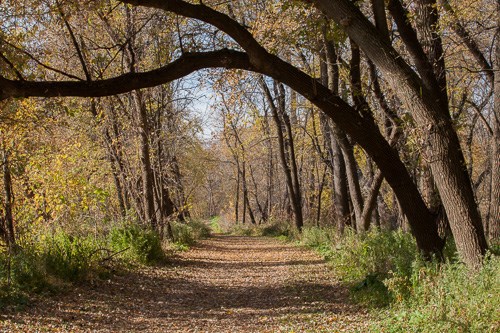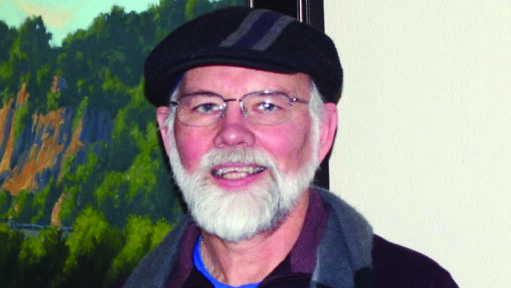West End Healthline: Feeling sad? You could have SAD
By Joel Giffin, DO
The dark days of January can be a difficult time for many people, especially in Minnesota. Some people call this the winter blues, but the medical term for this feeling is seasonal affective disorder, or SAD. It is common to feel a little down in January, but full SAD goes beyond a small change in mood. Seasonal affective disorder is a type of depression that is triggered by the change in seasons. This seasonal depression usually gets worse in the winter until it gets better in the sunnier days of spring. Unlike the “winter blues”, SAD can affect your daily life, including how you may think, act or feel. Let’s take a closer look at SAD and what you can do about it.
Symptoms
There are many different symptoms of SAD including: sadness and depression; isolating from friends and family; having less energy; sleeping more than usual; losing interest in activities you once enjoyed; having cravings for carbohydrates (such as chips, snacks, bread, pasta or rice) leading to weight gain; having feelings of hopelessness and difficulty concentrating.
Causes
We don’t exactly know what causes SAD. Researchers suspect that a decrease in the hormone serotonin in our brains could be one cause. Another could be changes in our biological clocks related to less sunlight. Seasonal affective disorder is also more common in younger people and in people that have previously had depression or bipolar disorder. Seasonal affective disorder is also more common in people that live in the northern climates, far away from the equator. About 10% of Americans get the “Winter Blues” and about 5% of Americans suffer from SAD.
Treatments
Do not brush off these feelings as simply something to deal with on your own. There are many effective treatments! Your primary care provider can recommend which of these treatments are best to start with.
Light therapy is a treatment that involves a very bright lamp that is specially designed for this situation. When using a light box (some people call this a happy lamp), don’t look directly at the light. Place the lamp two to three feet away from your face while you read, eat breakfast or work. It is best to use the light box within an hour of waking up.
Psychotherapy, also known as talk therapy, involves working with a therapist to learn strategies for how to cope with the sadness or anxiety that you may be feeling. A therapist may also help you identify negative behaviors or beliefs that may be making you feel worse.
Medications help a lot of people as well. After discussion with your primary care provider or mental health provider, you may choose to start taking medication in the fall, before symptoms of SAD develop each year. Keep in mind that it often takes several weeks of taking a medication to notice the full benefits from an antidepressant.
Lifestyle plays a large role in how we feel. Try to go outside every day, even if it is cloudy. Try to get at least 30 minutes of exercise most days of the week. Stay involved with your social circle and activities that you enjoy. Make your living environment sunnier and brighter. Focus on your sleep patterns, keeping a regular routine. Be mindful of your alcohol intake, which often makes symptoms worse or could interfere with any anti-depressant medication.
Summary
Seasonal affective disorder is a type of depression that happens every year during a season, usually winter. Symptoms can include a lack of energy and feelings of hopelessness. Fortunately, there’s treatment for seasonal depression. Talk to your healthcare provider for help if you are concerned about SAD.
Dr. Giffin is a family physician at Allina Health United Family Physicians, 233 Grand Ave, Saint Paul, MN 55102, phone 651-241-5200.




